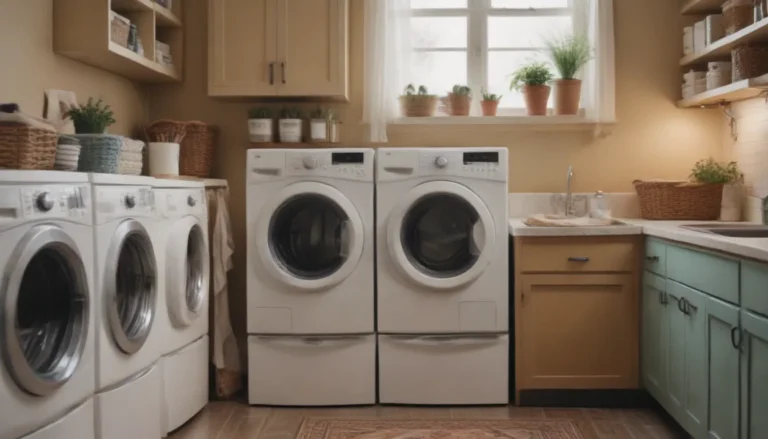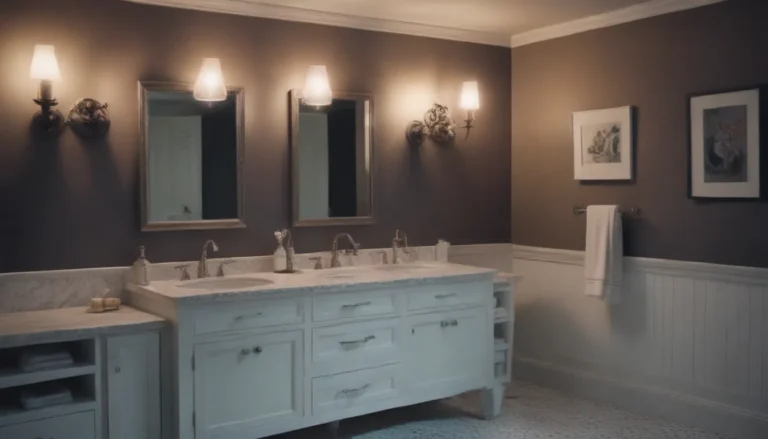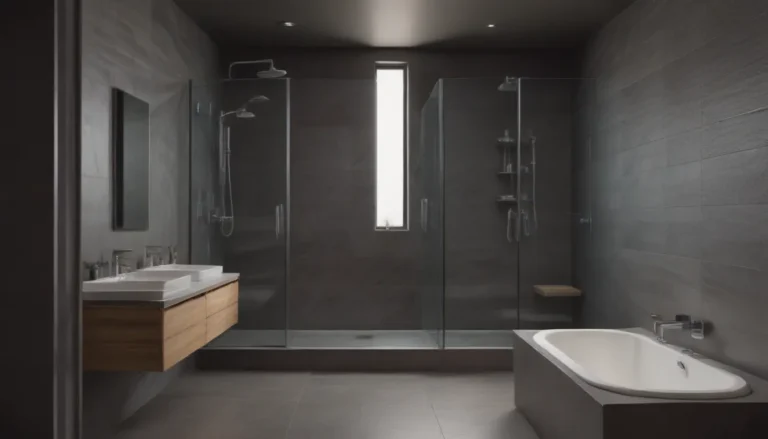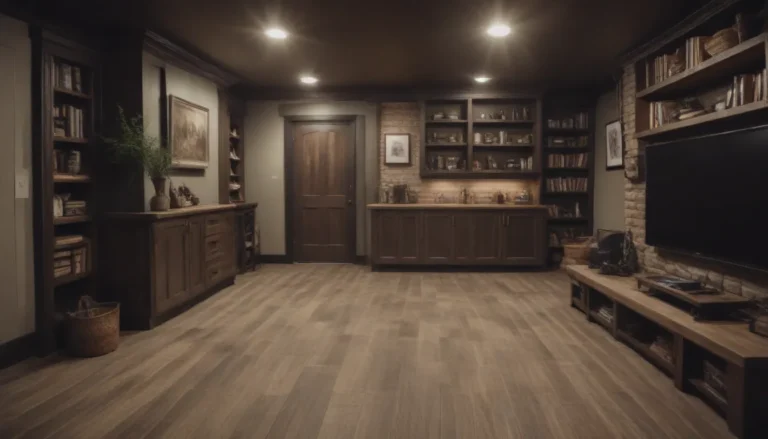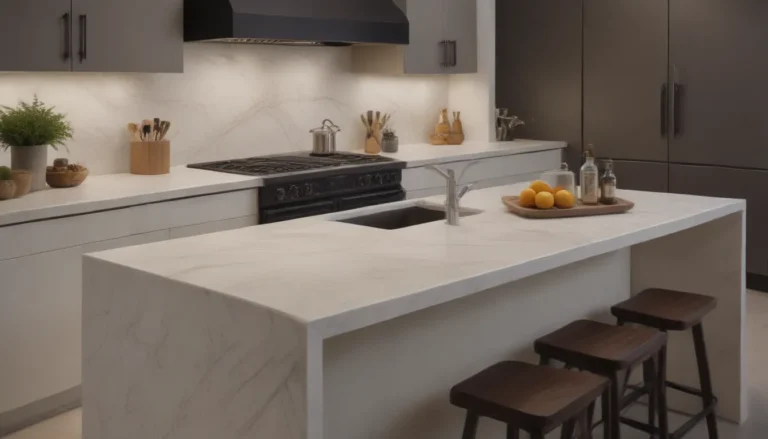Maximizing Your Home’s Potential with a Basement Bathroom
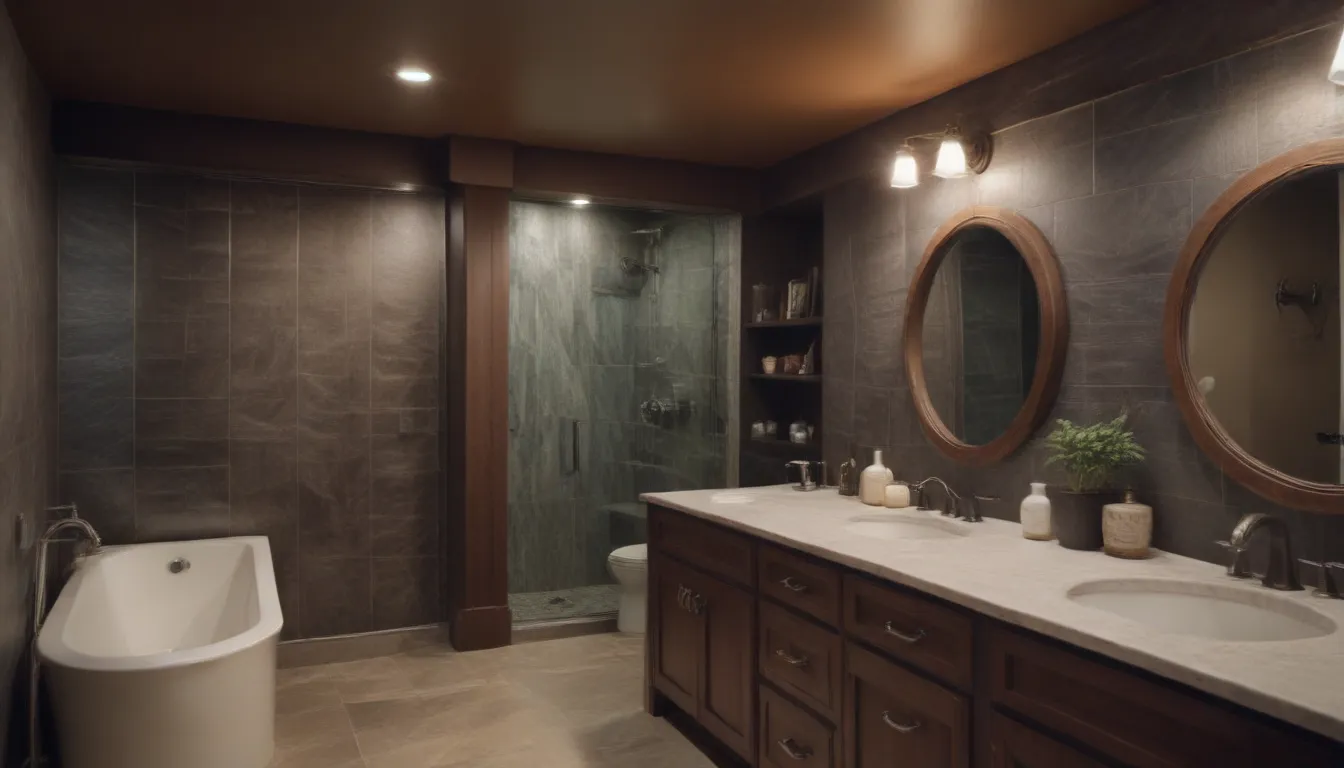
Are you considering adding a basement bathroom to your home? This upgrade can significantly increase the value of your property while providing added convenience for you and your family. However, before embarking on this project, it’s essential to understand the ins and outs of installing a basement bathroom. In this comprehensive guide, we’ll walk you through everything you need to know about the process, costs, return on investment, building permit requirements, and much more. Let’s dive in and explore the world of basement bathrooms!
Pros and Cons of Adding a Basement Bathroom
Adding a basement bathroom comes with its set of advantages and disadvantages. Let’s take a closer look at some of the pros and cons of this project:
Pros:
- Convenient location for you and your guests
- Increases the overall value of your home
- Creates potential rental space
- Enhances the functionality of your basement
Cons:
- Costly project
- Requires hiring professionals for certain tasks
- Takes up space in your basement
While the project may seem daunting, the benefits of adding a basement bathroom can outweigh the downsides, especially if you’re looking to maximize your home’s potential.
Assessing the Costs
One of the critical factors to consider when adding a basement bathroom is the cost. On average, you can expect to pay between $8,000 to $15,000 for this project, depending on the size and complexity of the bathroom. Factors such as plumbing, electrical work, carpentry, and materials all contribute to the overall cost.
Keep in mind that having a rough-in drain system in place can save you some money on the project. However, it’s essential to budget for the various expenses associated with installing a basement bathroom. Hiring professionals may incur additional costs, so be sure to research and select contractors that fit within your budget.
Understanding the Return on Investment
Concerned about the return on investment for adding a basement bathroom? Rest assured, as long as the installation is completed according to local building codes and with the necessary permits, you can expect a significant ROI. When you sell your home, the added bathroom can increase its value well beyond the initial installation cost. This makes adding a basement bathroom a worthwhile investment in the long run.
Securing Building Permits
Before starting any construction on your basement bathroom, it’s crucial to obtain the necessary building permits. The installation of new water lines, drainage lines, and electrical connections all require permits to ensure the work complies with building codes. Failure to secure permits can result in fines, project shutdowns, and delays. Invest in obtaining the proper permits to ensure a smooth and hassle-free installation process.
Project Difficulty and DIY Options
While adding a basement bathroom may seem like a daunting task, some aspects of the project can be handled by experienced DIYers. It’s important to recognize the complexities involved, such as digging up the concrete foundation, running drainage lines efficiently, and ensuring proper electrical connections. While professionals may be necessary for certain tasks, DIYers can still contribute to the project by tackling DIY-friendly steps such as installing vanity, drywall, faucets, and tiling floors. Just remember to adhere to building codes to avoid potential issues down the road.
Step-by-Step Basement Bathroom Installation Process
Now that you’re familiar with the various aspects of adding a basement bathroom let’s delve into the step-by-step installation process:
Design the Bathroom
- Consider the size and layout of the bathroom
- Choose fixtures, tiles, and paint colors
- Have a basic design plan before starting construction
Measure and Mark Wall Locations
- Determine where to run the outer walls of the bathroom
- Mark the exact locations for the walls
- Keep in mind the need to break up the concrete floor for drainage pipes
Position the Drains
- Consult with a plumber to determine the ideal location for drains
- Mark the position of shower and toilet drains
- Ensure proper spacing for efficient drainage
Break Up the Concrete
- Hire a professional plumber to break up the concrete floor
- Create trenches for drainage pipes
- Connect toilet and shower to the main drain line
Install Floor Drain Lines
- Have professionals install drainage pipes
- Ensure proper measurements and fit in trenches
- Comply with plumbing codes for water disposal
Rough-in Walls
- Install framework to support plumbing and electrical components
- Ensure accurate measurements for wall locations
- Prepare for drywall installation
Install Vertical Drain and Ventilation Pipes
- Have a plumber install vent pipes and branch drains for the sink
- Connect to roof vent stack for ventilation
- Ensure proper support and connections for drainage system
Run Water Supply Lines
- Hire a professional plumber to run hot and cold water lines
- Assess the area for efficient water distribution
- Consider copper or PEX pipe options for water lines
Install Electrical Wiring
- Hire a licensed electrician to run electrical wires
- Provide power to lighting fixtures, outlets, and heaters
- Ensure compliance with electrical codes for safety
Lay Tile Floor and Put Up Drywall
- Have an inspector approve plumbing and electrical work
- Pour new concrete to fill trenches
- Install tiles on the floor and walls
Install Fixtures and Finishing Touches
- Install vanity, toilet, and other fixtures
- Consider hiring professionals for shower or bathtub installation
- Add trim and paint the walls for a finished look
By following these steps and working with experienced professionals, you can successfully add a basement bathroom to your home, increasing its value and functionality.
Conclusion
Adding a basement bathroom to your home is a significant investment that can enhance your living space and increase your property’s overall value. While the project may require careful planning, budgeting, and professional assistance, the end result is a functional and convenient space that adds tremendous value to your home. With the right knowledge and resources, you can transform your basement into a stylish and practical bathroom that meets your needs and exceeds your expectations. Start planning your basement bathroom installation today and enjoy the benefits for years to come!
Remember, adding a basement bathroom is a long-term investment in your home’s value and comfort. By following the steps outlined in this guide and enlisting the help of skilled professionals, you can create a beautiful and functional space that adds both convenience and value to your property. Happy renovating!
